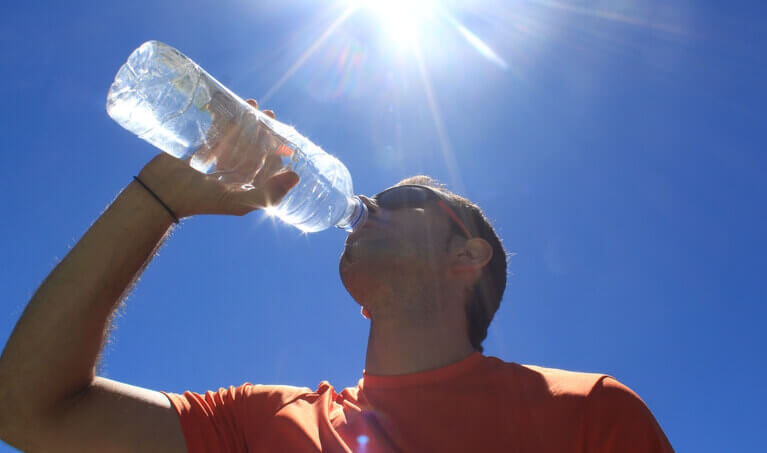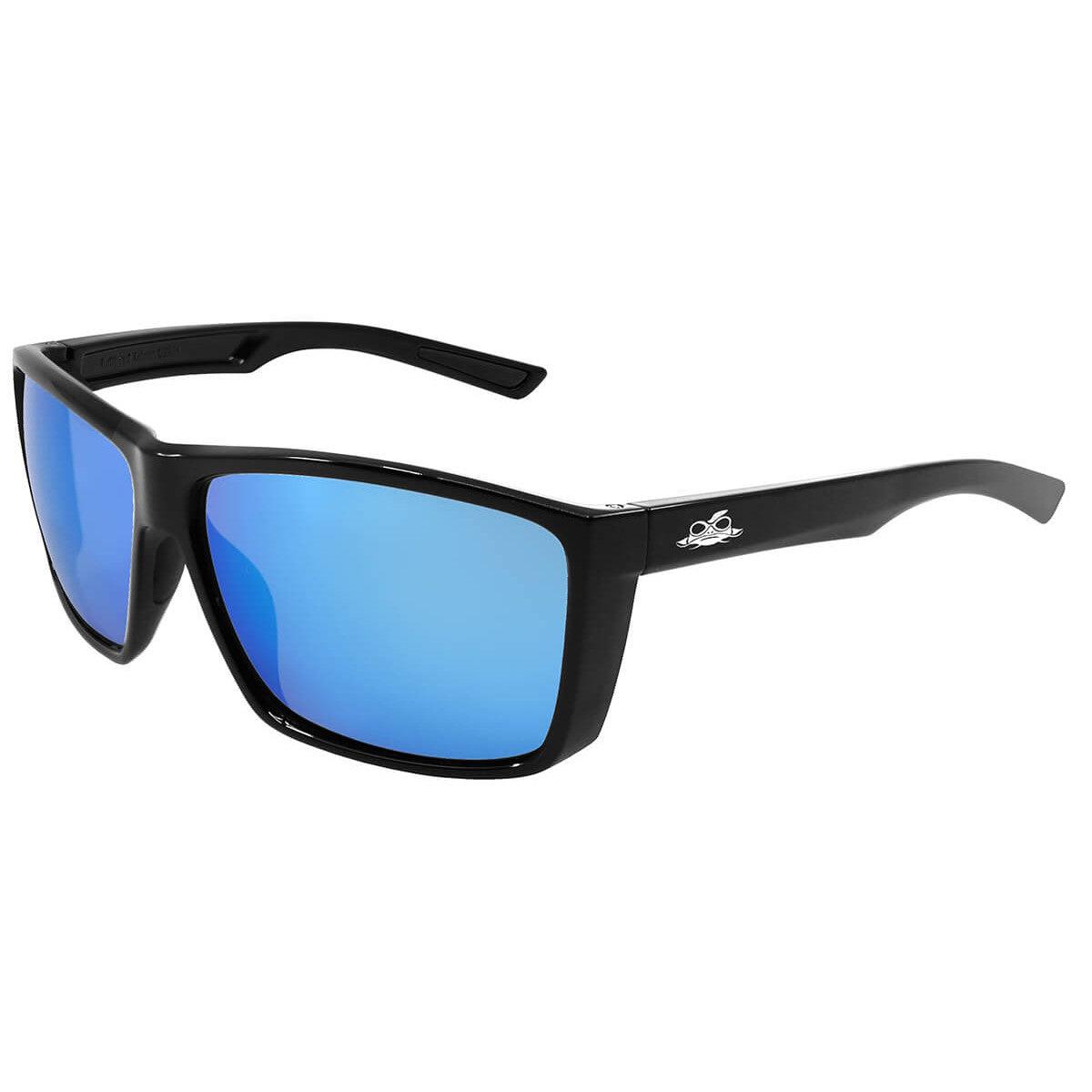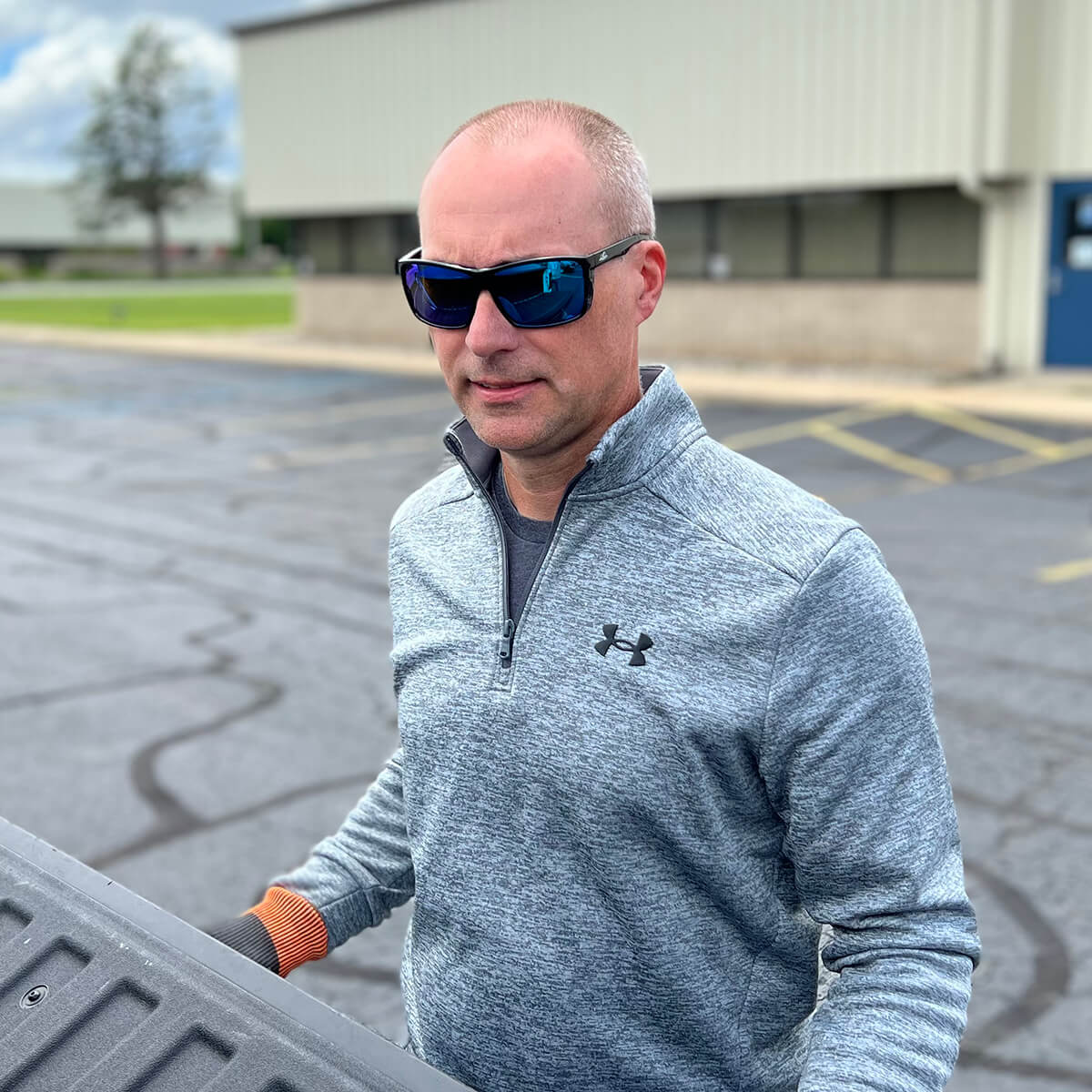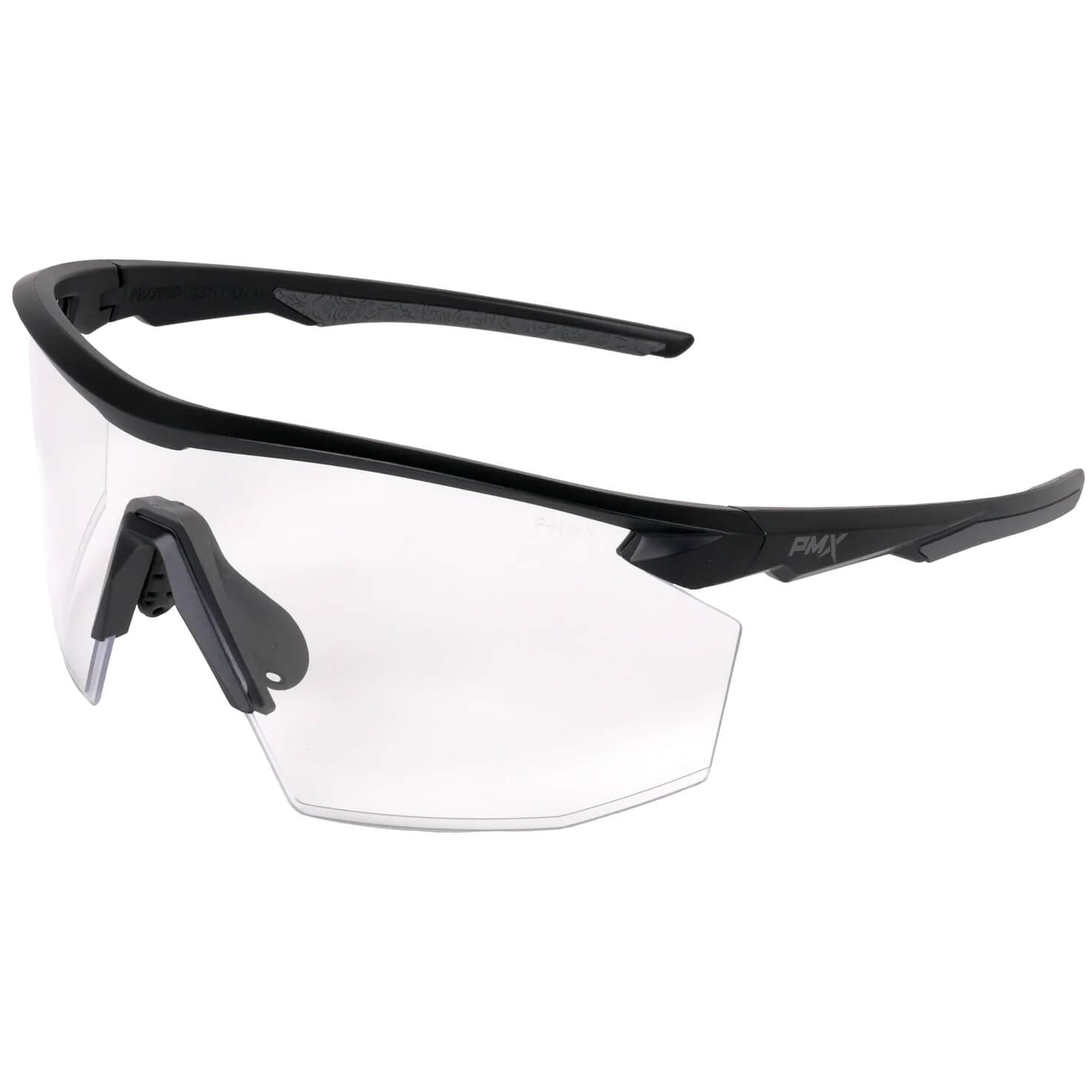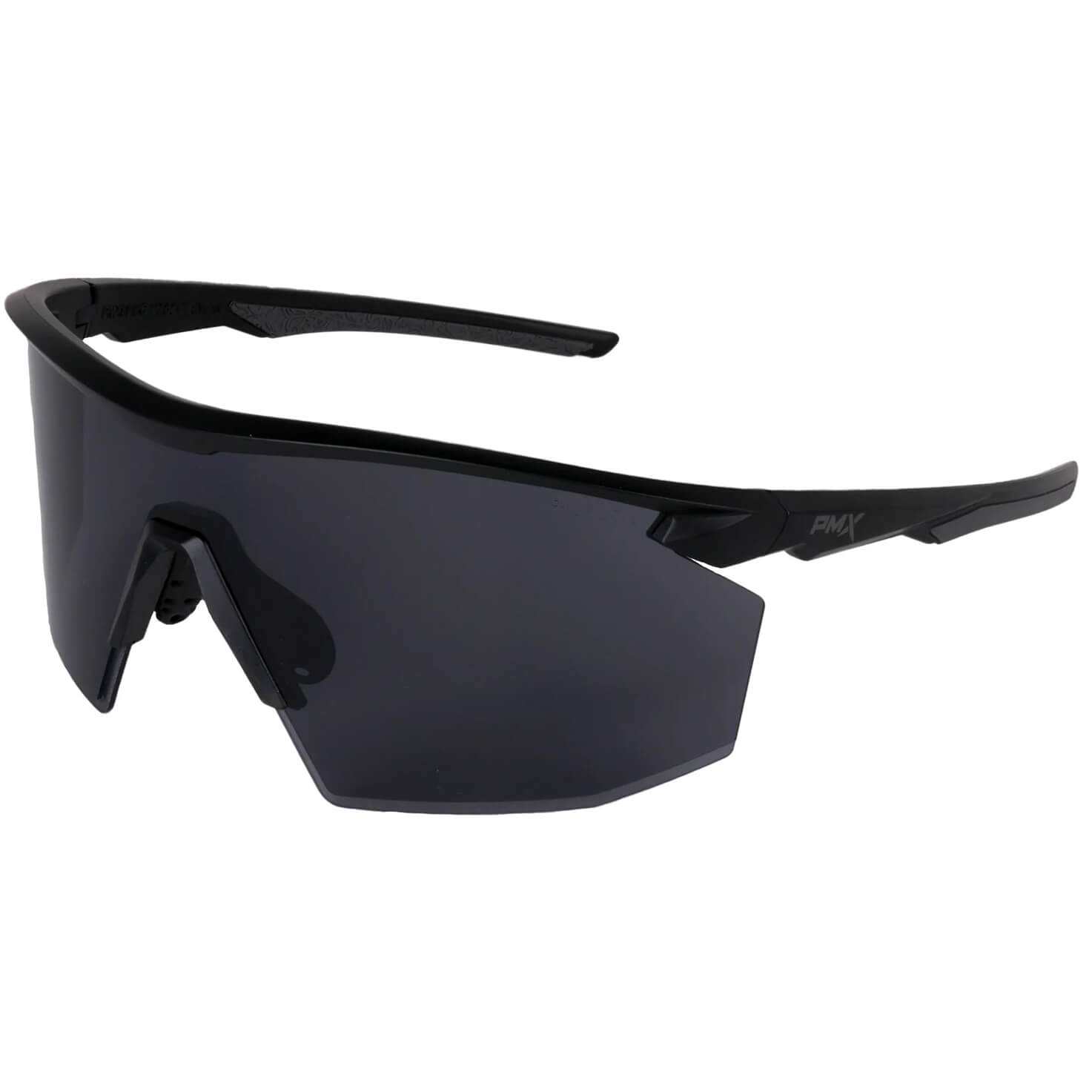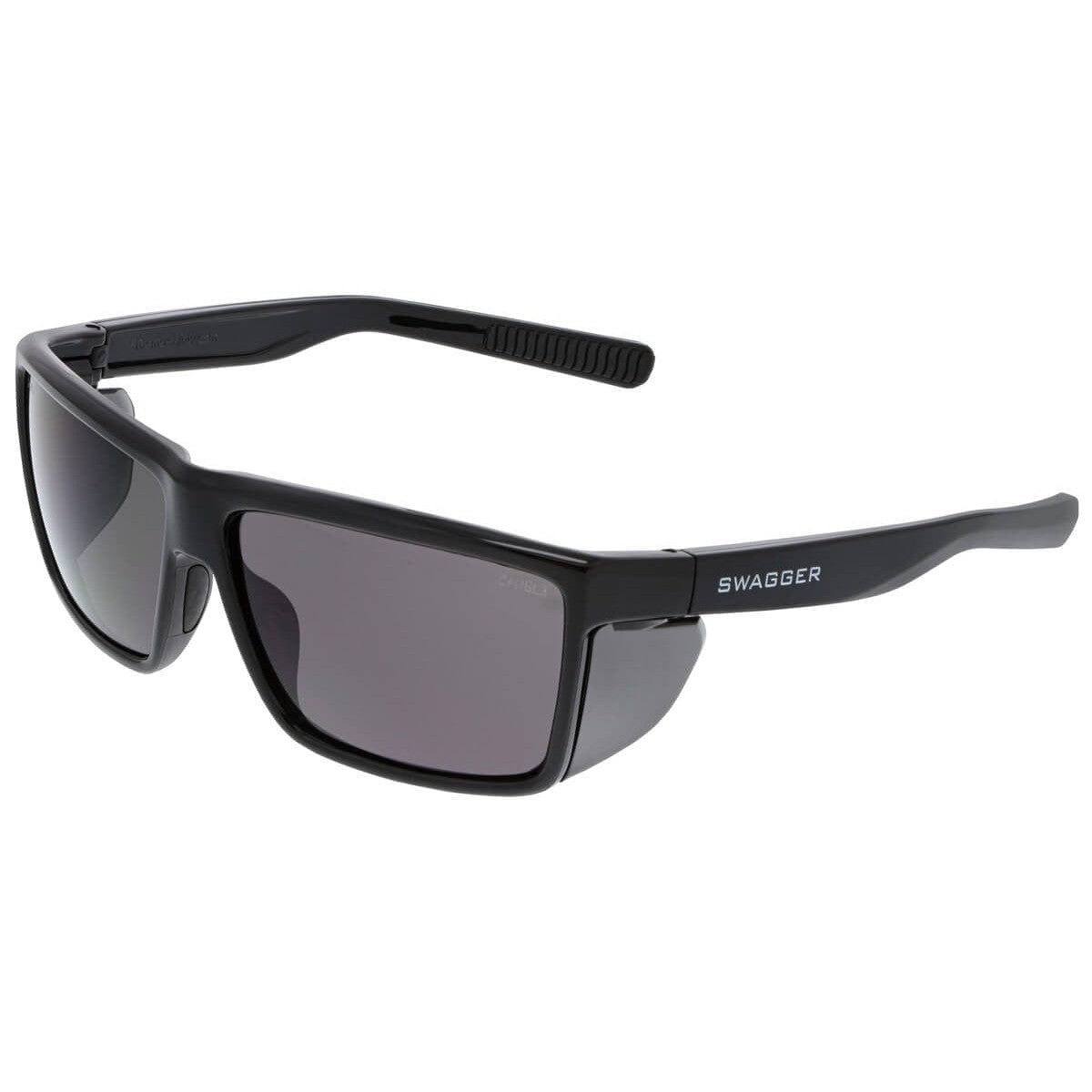The Problem of Dehydration
Dehydration in the workplace is typically associated with being outside in hot summer temperatures, but it also happens because of dryness inside from the constant flow of air conditioning. It is especially a problem for those who wear heavy PPE, which causes them to sweat frequently.
However, dehydration can actually happen year-round in a variety of conditions. Regardless of the working environment, anyone can experience it if they fail to consistently drink enough liquids. Most probably don't even know it's a problem right away either since a person doesn't need to be very dehydrated for it to negatively impact them.
“One of the biggest costs to business is mild dehydration (1-4% of body weight loss), whereby workers suffer from accumulative fatigue without even knowing it. Mild dehydration adversely affects worker productivity, safety and morale." (Dehydration in the Workplace).
To understand this impact, consider that 1% dehydration can slow worker reaction times to the same extent as having 0.08 blood alcohol content. That makes an individual 5 times more likely to have an accident while driving their car. At this level of dehydration, a person likely only feels a mild thirst. That doesn't mean it's not a big deal, though.
“Even mild thirst can decrease productivity at work by as much as 10 percent; and hand/eye coordination can weakened at just one percent dehydration.” (Hydration Help for Workers)
Water is essential for all living things. It makes up 70% of the earth and 60% of our bodies. It keeps us functioning at optimum levels by regulating the body's core temperature and flushing internal toxins.
Signs of Dehydration
Dehydration happens when the body loses more water than is replaced. The body is constantly working to maintain balance and sustain its core temperature, which is more challenging to do in extreme temperatures, hot or cold.
Signs of dehydration are often overlooked and progressively worsen until becoming suddenly life-threatening. They include...
- Thirst & dry mouth
- Irritability, nausea & cramps
- Chills & heat sensations on the head or neck
- Drowsiness
- Dark yellow urine
- Irrational thinking & impaired judgment
- Collapse, seizures, coma, and death
Dehydration is a problem in every workplace, though more so in any industry with physically demanding labor, outdoor work, and hot temperatures. The problem is often exacerbated by heavy protective clothing and restrictive PPE. Also, every person is different. So hydration needs depend on individual factors too. Those factors include:
- Underlying health conditions
- Age
- Medications
- Level of physical exertion
- Type of environment
- Temperature
- Presence of radiant heat
In addition, whether or not a person is used to an environment also plays a role. For example, those new to working in a hot climate must gradually acclimate. Doing too much too fast can result in quicker dehydration.
Prevention is Key
Fortunately, prevention can happen through some simple approaches. These include the following strategies and tips:
- Make sure water and electrolyte drinks are always readily available. Fruit also helps since it contains both.
- Provide reusable bottles and nearby shelters for shade.
- Enforce regular breaks out of the heat.
- Check clothing and gear regularly. Ensure appropriate PPE is available, and wear light-colored, breathable clothing that is kept dry or changed if it gets wet.
- Educate & train all employees about hydration.
- Come to work hydrated.
- Avoid caffeinated, carbonated, and sugary beverages since they can increase fluid loss.
- Monitor hydration frequency. The average adult needs one quart of fluid per hour of exertion. Therefore, it's best to distribute hydration frequently, such as every 15 minutes.
- Plan ahead. Take enough to drink for the situation, know where shade is available & do strenuous work during the coolest part of the day.
- Get extra help with Beat the Heat Cooling Products.
Once dehydrated, it's difficult to make up for lost hydration. That makes following these preventative tips and strategies essential, especially the intake of fluids before, during, and after exertion.
Why Electrolytes?
Note that the above preventative maintenance involves getting electrolytes in addition to water. Unfortunately, most people don't realize that water isn't enough and that electrolytes are essential too.
Electrolytes are the essential salts we lose in our sweat and water. We need them because they make our muscles move, regulate PH levels & blood pressure, and play a key role in water retention. In addition, without electrolytes, the heart has to work harder, which increases heart rate and effort. So, in sweltering conditions and extended situations, remember that water alone isn't enough.
Additional Resources
OSHA does not have published rules regarding employee hydration, though they have non-mandatory guidelines for heat illness and general workplace hydration guidelines. Awareness of these guidelines is a great place for workers and employers to start preventing worker dehydration.

